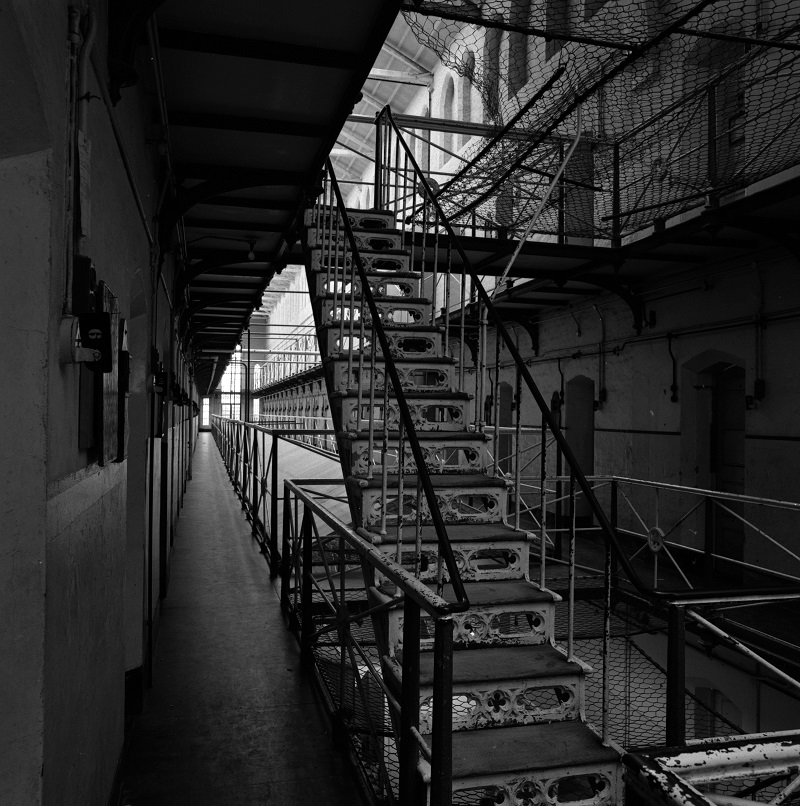Reinventing the Prison: the Redevelopment of HMP Holloway, 1968-1978
Miranda Critchley, Bartlett School of Architecture, UCL
Awards RIBA President's Awards for Research 2017
Category History & Theory

This research aims to contextualise the redevelopment of Holloway Prison (1968 - 78). The intention is not to determine if or why the redevelopment failed: instead, it is to understand the ideas that were influential in the project and place them in relation to earlier and later thinking about prison architecture. Did the redevelopment of Holloway mark a fundamentally new turn in prison design? Was it an early enactment of later, radical ideas about prison policy? Or did it simply re-clothe ideas from the nineteenth century? The main method used was archival research. I compared archival sources with published accounts of the redevelopment to determine the extent to which the rhetoric surrounding the new institution’s innovative philosophy was grounded in reality, and I traced the history of approaches to women’s imprisonment in the first half of the 20th century. In addition, I uncovered opposition to and criticism of the plans for the redevelopment, which suggested that its connection to radical politics was tenuous. This research finds that the Holloway Redevelopment was not a progressive, innovative step in prison design. Instead, it sought to retain many of the key elements of older prisons but to present them in a visually different way. The frontage was intended to be ‘unobtrusive’ and to ‘give signs of normal life’; the aim was that the institution would not look like a prison. This mobilisation of a ‘normal’ aesthetic had a political impact: at a time when the wisdom of imprisoning women was being questioned, it helped to reassert the legitimacy of the principle of incarceration.






